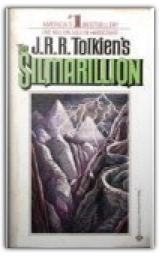
Although The Silmarillion takes place in the same imaginary world as J.J.R Tolkien's The Lord of the Rings, and was originally published four years after the author's death and over two decades after the former book, it is set much earlier, in the First Age of the World. The tales and the book which reads as a fusion between a story collection and historical chronicle, are a matter of legend even to the characters of The Lord of the Rings:In the beginning Eru, the One, who in the Elvish tongue is named Ilúvatar, made the Ainur of his thought; and they made a great Music before him Tolkien wrote the heart of this material very early in his career, and continued to work on it throughout his life. It fell to his son, Christopher Tolkien, to edit it into book form, and such proved the unquenchable public appetite that he subsequently oversaw 12 volumes of The History of Middle-Earth. This edition features 20 highly evocative colour plates by Ted Nasmith, themselves worth the price of admission, while reinforcing the sense of a historical work are genealogical tables, an extensive index, appendix and colour map. Far removed from the genial style of The Hobbit, this is Tolkien at his most formal, his prose austere, poetically beautiful, his storytelling capturing the epic scale, high drama and melancholy wonder of myth. These stories of elves and heroes and old gods are quite literally the foundation of the entire modern fantasy-publishing revival, and are therefore essential reading. —Gary S. Dalkin 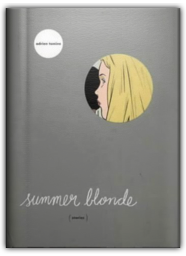
Adrian Tomine, creator of the critically acclaimed comic series Optic Nerve, has been called the comics voice of the twentysomething generation, but it's a title he rejects, and for good reason. The tales of disconnection and alienation collected in Summer Blonde—a selection of the best of Optic Nerve—aren—aren't expressions of youthful angst so much as they are meditations on the discontent we all feel with contemporary life. |
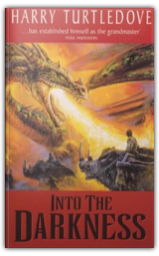
Alternative history SF is Harry Turtledove's speciality—he rewrote the US Civil War with added AK-47s in The Guns of the South (1992), and dropped alien invaders into World War Two in his "Worldwar" tetralogy (1994-6). Into the Darkness opens a fantasy sequence which more distantly echoes the multi-factioned complexity of WWII, as nation after nation plunges or is sucked into an escalating war. Energy sticks and magical "eggs" replace rifles and bombs; there are armoured columns of behemoths, dragon air forces, sea leviathans planting limpet-mine eggs. Names, geography and details are all new, but one nation excels in magical Blitzkrieg tactics and also persecutes the equivalent of the Jews ... foreshadowing worse horrors to come, since in this world human sacrifice is a potent source of magic and death camps could be highly practical. There's a Dunkirk-like flotilla of small boats, but it's used for attack rather than retreat. Theoretical sorcerers are on the edge of some fundamental breakthrough: an occult Manhattan Project looks likely to follow. Avoiding the genre's Good versus Evil simplicities, Turtledove's fantasy wars relentlessly reflect our real world's intractability and mess. Into the Darkness reads well once it's gathered momentum, but the excitements are tinged with considerable grimness. Sequels will follow. —David Langford 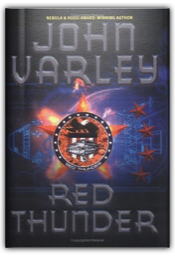
Fans who feared John Varley was evolving into another Robert A. Heinlein imitator may have mixed reactions to Red Thunder. Debuting in 1974, Varley became the freshest, most exciting and most important new science-fiction author of the 1970s. He dominated the decade with numerous stories and two novels, set mostly in his Eight Worlds future history. By 1984 he had won three Hugo Awards and two Nebula Awards. Yet his output dwindled through the 1980s and in the 1990s he released only two novels, Steel Beach and The Golden Globe, a pair of Eight Worlds books that received tepid responses. 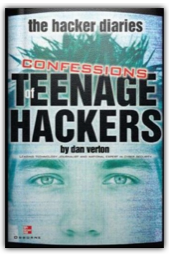
The Hacker Diaries is well written, racy and an entertaining read. Dan Verton takes a seat way back in the bus and lets the characters he's writing about drive. These include the hackers themselves—complete with silly sounding nomme de geurres including the most famous of them all: Mafiaboy—along with those whose job it is to hunt them down. He even takes in a few who suffered the hackers' attentions. |

Mike Scott
Collection Total:
4227 Items
4227 Items
Last Updated:
Feb 21, 2010
Feb 21, 2010



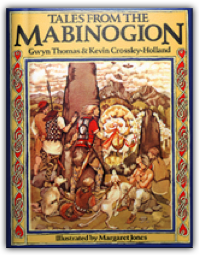

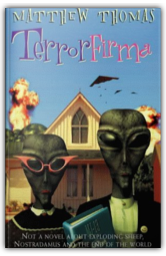
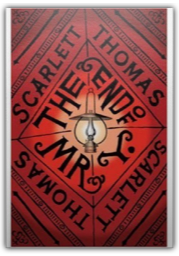
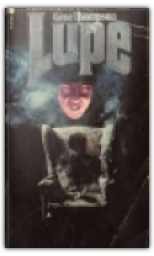
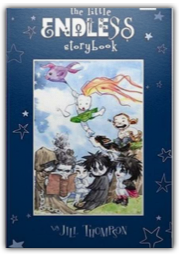
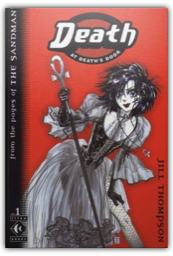
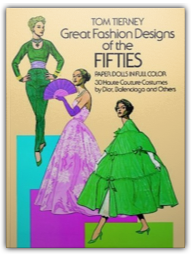
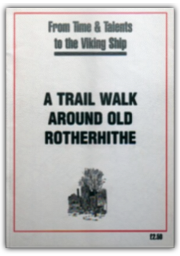
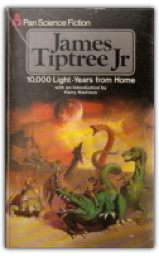
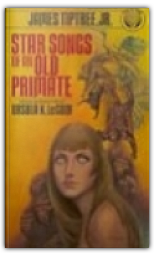
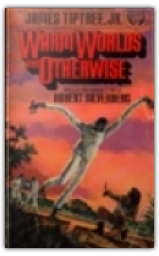
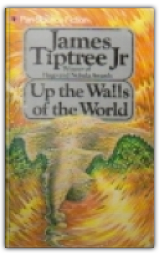
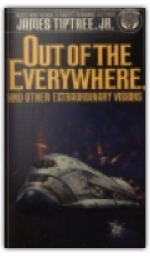
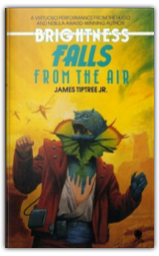
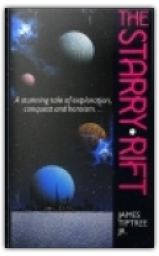
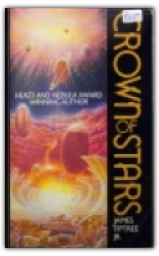
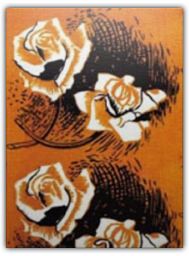
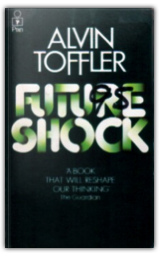
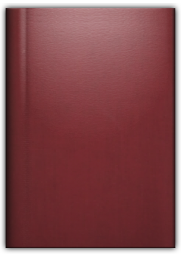
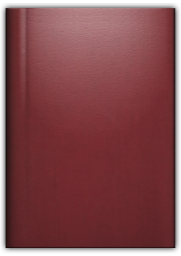
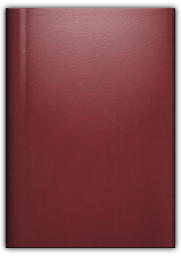
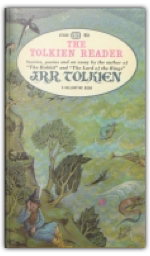

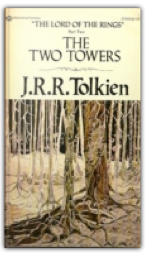
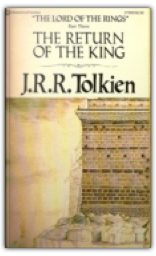
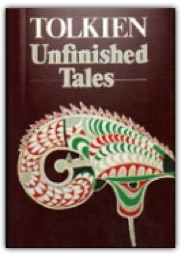
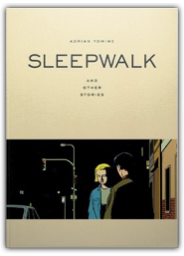
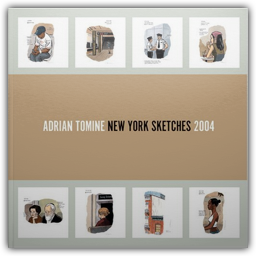
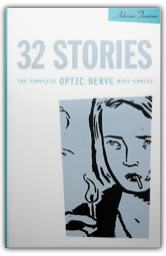
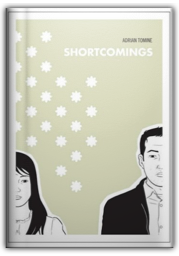


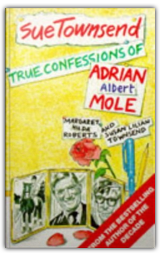

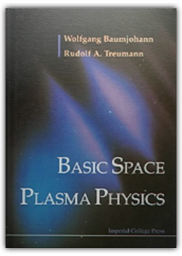
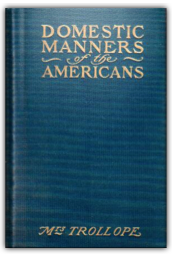
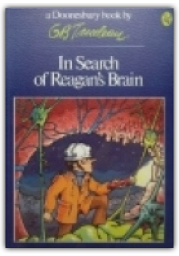
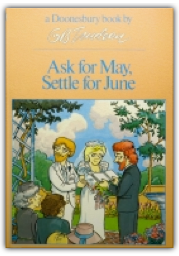
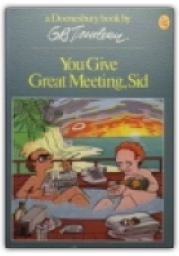
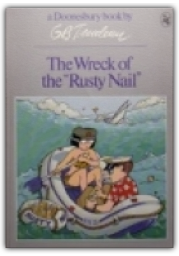
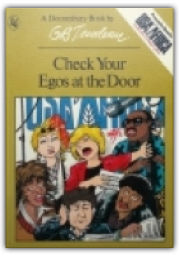
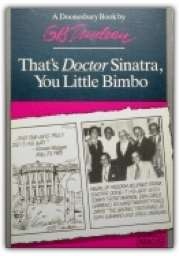
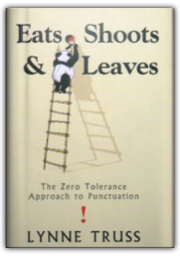
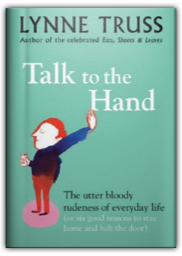
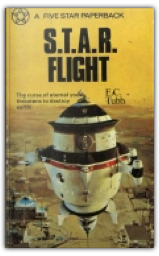


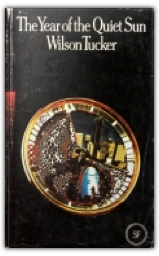
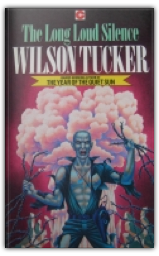
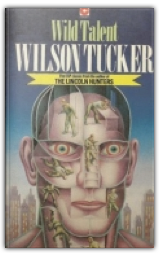
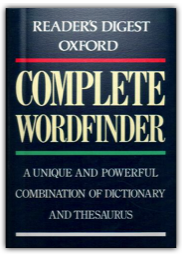
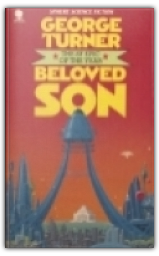
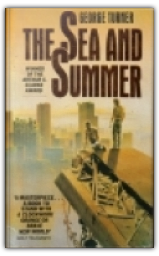
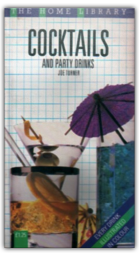
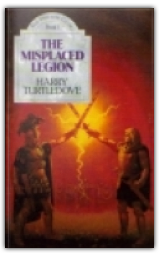
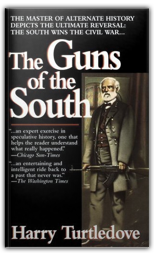

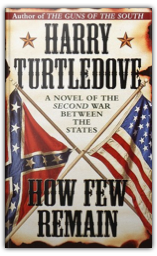
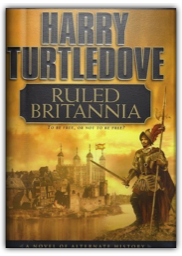
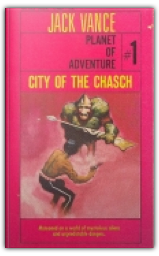
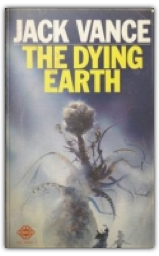
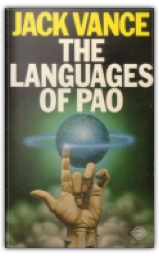
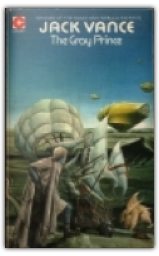
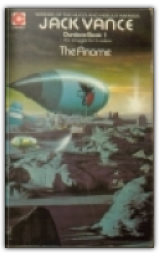
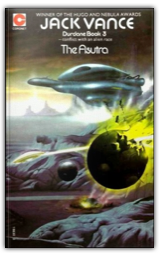
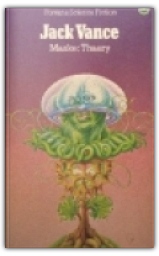
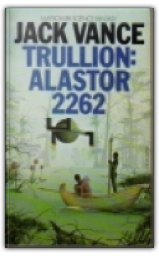
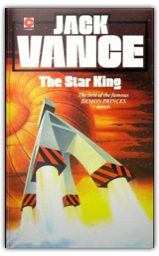
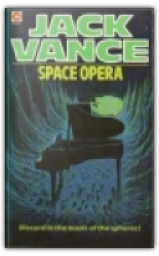
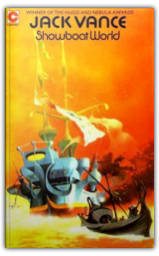
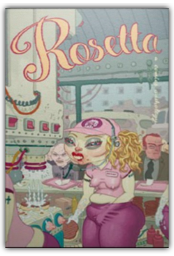
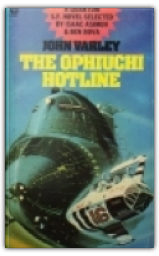
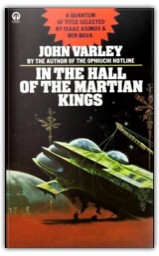
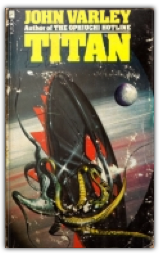
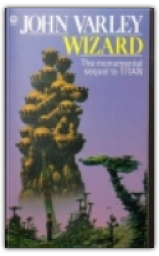
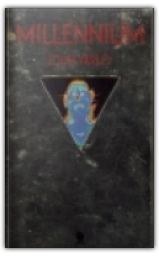
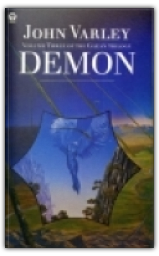
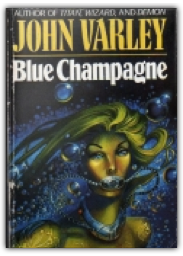
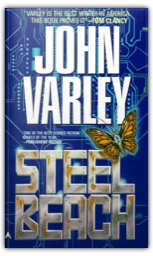
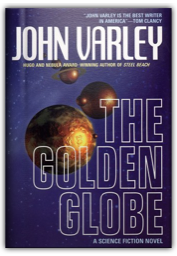
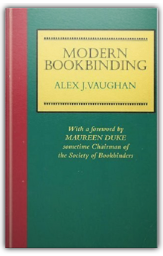
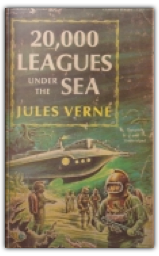

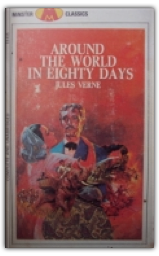
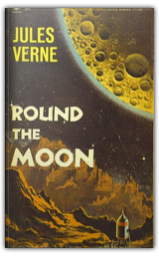

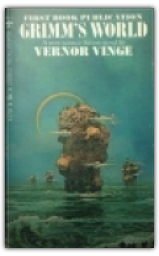

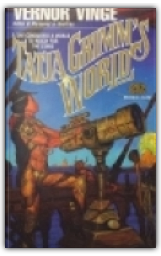
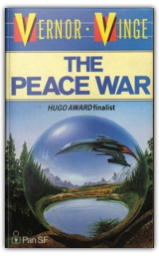
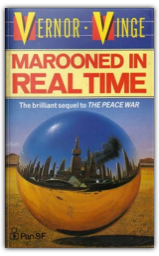
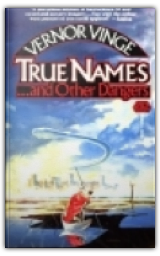
 Made with Delicious Library
Made with Delicious Library